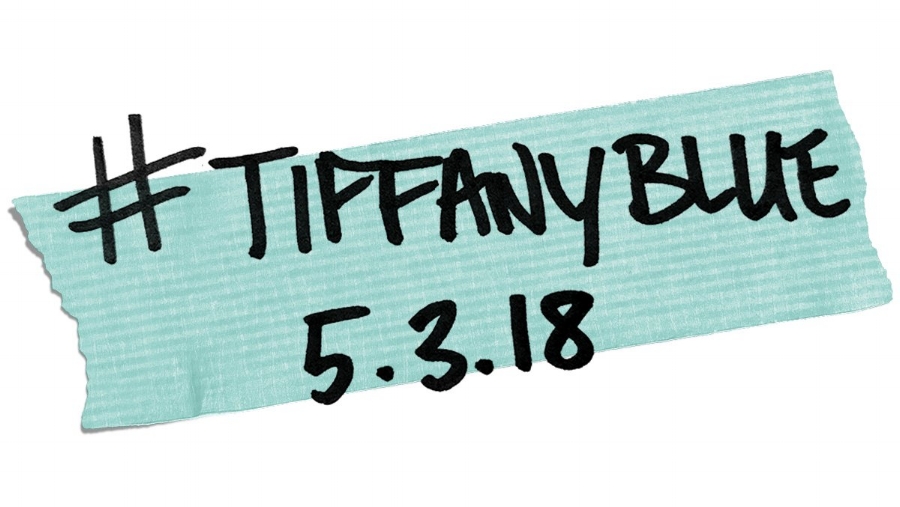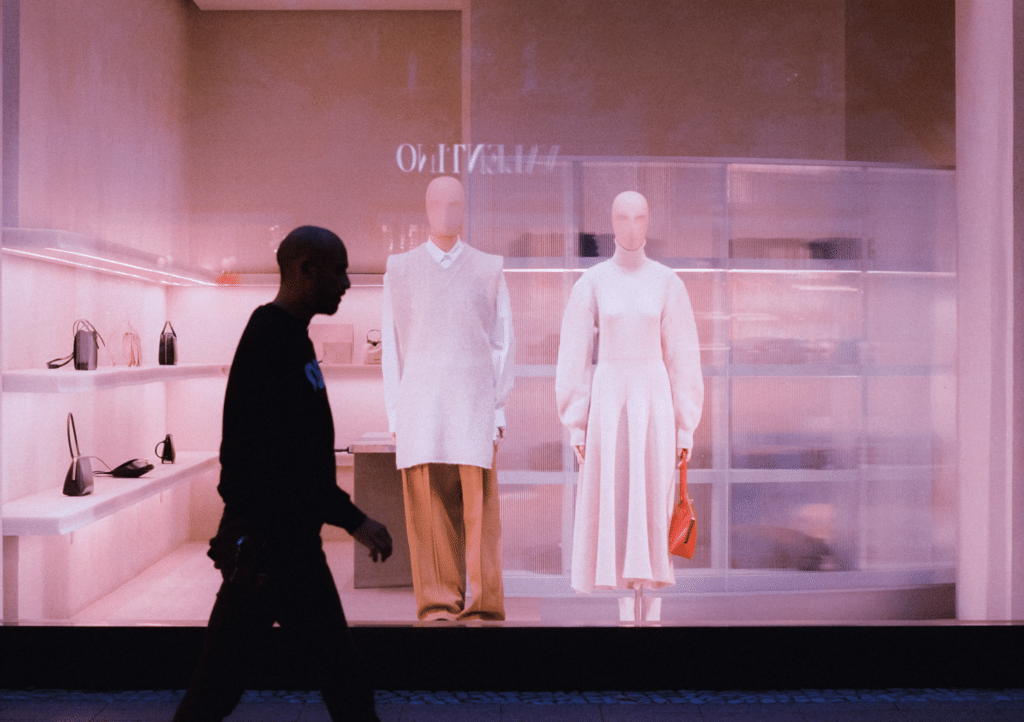
image: Tiffany & Co.
“Tiffany & Co. Is Bringing Its Trademark Shade of Blue to New York City Streets,” declared Vogue magazine on Tuesday. According to the fashion magazine, to celebrate the release of Chief Artistic Officer Reed Krakoff’s first collection, from May 1st to 4th Tiffany & Co. will “offer a sense of unexpected discovery and joy, to New York’s everyday commuters.”
This is taking the form of “a number of city staples,” getting a Tiffany & Co. makeover. “Select taxi cabs will shed their yellow paint, subway stairs will get an aqua upgrade, and a number of MetroCards are getting a splash of Tiffany’s cachet.” Still yet, “Bodegas from Prince Street to 57th will be adorned with literal paper flowers, handmade for the occasion by the Tiffany creative team.”
In addition to a highly Instagram-able marketing ploy, the addition of Tiffany’s famed “robin’s-egg blue” to a handful of traditional New York City elements, the activation is an exercise in trademark law, as the blue hue is more than just Tiffany’s signature color. It is federally protected trade dress, meaning that just as brand names and logos are protected, colors that serve to identify the source of a product or service may also be protected by law.
While trade dress was initially only protected in connection with product packaging, its protections have expanded significantly in the relatively recent past to include the “total image and overall appearance” of a product, enabling the “Chinese red” soles of Christian Louboutin’s shoes to be protected (as was confirmed in the closely-followed Louboutin v. Yves Saint Laurent case) and the appearance of an Hermes Birkin bag.
In terms of Tiffany & Co., the American jewelry brand has enjoyed federal trade dress registrations for robin’s-egg blue gift boxes, shopping bags, and jewelry pouches, among other things, since the late 1990’s.
However, it is worth noting that since trademark rights stem from actual use of a trademark (and not the filing of a registration), Tiffany & Co. has actually maintained rights in its signature blue hue in connection with the sale of jewelry, as well as home goods, fragrances, accessories, and retail services, for even longer than that since consumers have come to associate the color with the brand. Or as the legally-minded amongst is would say, the color has come to have secondary meaning in the minds of consumers.











